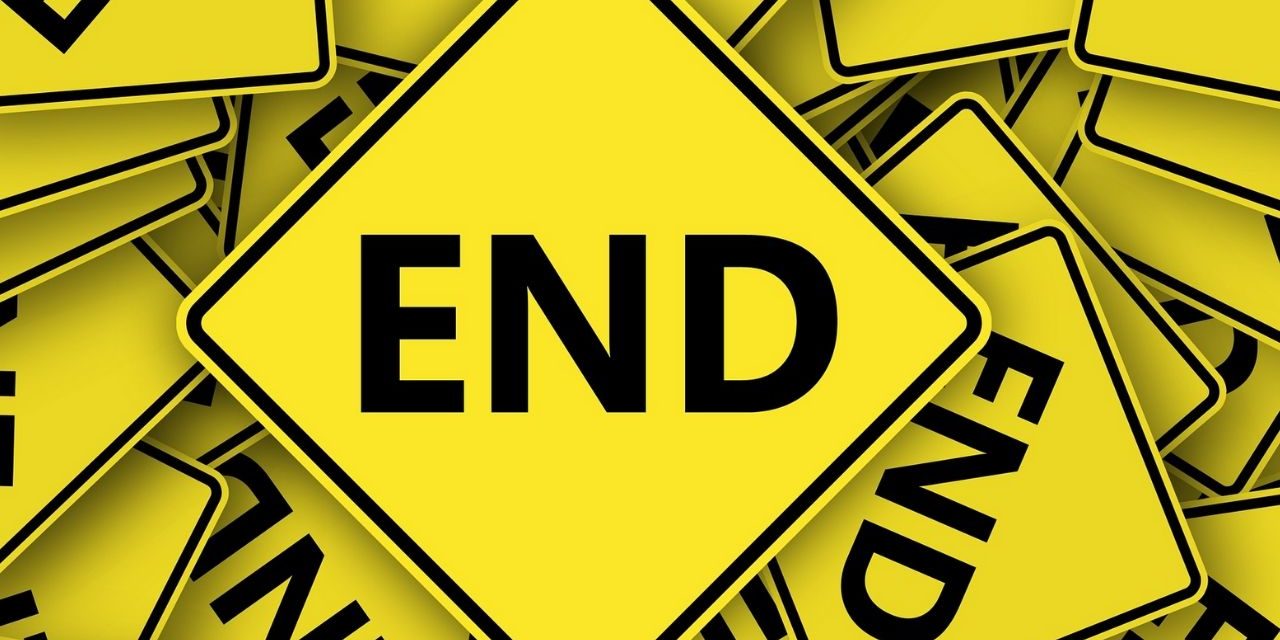Considering Your Lease End Options
When you’re 6 – 12 months out from the end of your lease, it’s a good time to start looking at your options. At the end of your lease you have a few choices you can choose from:
- Extend your lease
- Purchase your vehicle
- Return your vehicle
- Trade in your vehicle
When you’re a month or two away from the end of your lease, you can expect a call from the leasing company. You’ll need to have your vehicle inspected in preparation to return it to them.
Under most circumstance, you’ll end up returning the vehicle to the same dealer where you leased it. The leasing company may give you the option to return it to a dealer with the same brand. IE, if you leased a Ford it would be returned to a different Ford dealership than the one you bought it from.
You’ll be presented with a few options which are outlined above. If your vehicle is worth more than the buy out option it would be in your best interest to purchase the vehicle. You can then resell it for a profit or use it as a trade in to get into a new vehicle.
Weigh Your Lease End Options Carefully
If your vehicle is worth more at the end of the lease and you choose to walk away, you’re giving the leasing company money out of your pocket.
Always make sure you know the current value of your vehicle by researching on sites like Kelley Blue Book and Canadian Black Book.
If the value of your vehicle is higher than the purchase price option, it’s in your best interest to consider trading in or buying the vehicle from the leasing company.
Excessive Mileage
If you’ve gone over your mileage during the term of your lease, you should expect to pay additional fees. The fees for excessive mileage will vary but will be outlined in your lease agreement.
Whether it makes sense to buy the vehicle out or walk away and pay the fees will depend on how far over your mileage you are.
For example, if you went 30,000 kilometers (approx 18,000 miles) at $0.12/km, your overage fee would be $3,600.
You’ll need to look at the residual value and determine your vehicle’s current selling price to see if it would make sense to buy and resell, buy and continue to drive or just walk away and pay the fee.
Wear and Tear
When you lease a vehicle you should keep it maintained and ensure that the interior is kept in good condition. If there is excessive wear and tear you should expect to pay to have the damage repaired.
Brands such as Ford and BMW offer Wear Care protection that will cover you for damages up to a certain amount (Ford is $4,000).
If you have damage from an accident or haven’t purchased Wear Care coverage, make sure you repair the vehicle before you turn it in. The repair bill at a private mechanic will be cheaper than if you were to wait and have the dealer repair it.
Terminating a Lease Early
If you need to end your lease early, you should expect to pay early termination penalties. These penalties are based on the existing term left in your contract and the condition of the vehicle.
Most dealers will give you the option to terminate early and roll the termination penalty into your new lease payments. For example, if you have 4 months remaining on your existing lease with payments that are $400/month, your early termination penalty will be at least $1,600.
If you choose to terminate early, your dealer can wrap the $1,600 into your new lease. You’ll then be cut a check from the dealer to pay off the balance with your leasing company.
It works the same way as negative equity if you choose to finance a vehicle. If you owe more than the vehicle is worth, the amount you owe (negative equity) can be rolled into the total amount financed.
Summary
When your lease is up you have a few options:
- Extend your lease
- Purchase your vehicle
- Return your vehicle
- Trade in your vehicle
The decision that you man should be weighed carefully based on your current situation, condition of your vehicle and the buy out option available. If you have excessive wear and tear and aren’t planning on buying the vehicle, ensure you fix the damage before turning it into the dealer.







